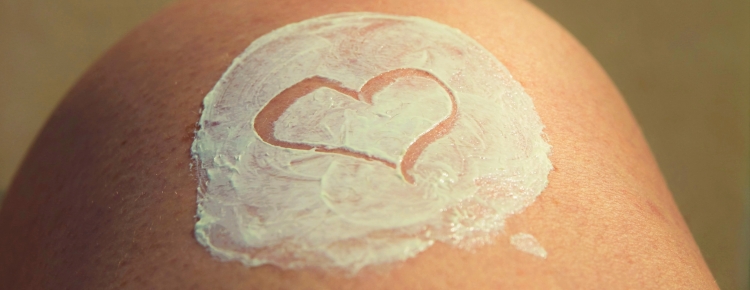
To corporate it’s a $530 billion industry expected to surpass $800 billion in the next 5 years.
To consumers it’s their largest organ and the first thing the world sees when they present themselves.
Either way you look at it, the cosmetic skin care industry is kind of a big deal.
Considering the consistent role personal care brands play in our lives and the many factors that sway our dollar in the decision-making process, it’s no surprise that the cosmetics industry is following suit in the sustainable movement. This can look like different things to different people depending on their values, but the general consensus is that consumers are simply looking for more natural products with ingredients they can pronounce from a brand they can trust. This can be seen in the overwhelming support for the natural movement, where 25% of total spending was on skin care products.
There are three main contributing factors that have led to the upsurge in conscious, committed cosmetic companies: avid consumer awareness, outspoken brand transparency, and an influx in certifications and regulating bodies to uphold certain standards. These elements work collectively to influence the decisions of both buyers and providers towards brands and suppliers that have a positive impact on their environment. What was once a niche market is becoming more common in big box thinking, and there are specific concerns that brands seek to address directly through their products.
Here are the 5 most sought-after qualities consumers look for in the cosmetic skin care aisle:
- Cruelty-Free: While a number of certifications standardize and promote cruelty-free cosmetics, they all exist for the same reason – to ensure and support brands refraining from testing their products on animals. This was the first cosmetic movement to gain traction and it is largely responsible for the complete ban on animal testing in the entire EU, Norway, Israel and India. Perhaps the most anticipated success of this movement will come when China lifts its current law mandating cosmetic testing on animals. It is expected that this leap will allow large corporations to commit to cruelty-free supply chains much more freely, without the financial repercussions of losing 20% of their market.
- Nature-Inspired: Natural products reap many benefits from having Mother Nature as a business partner. Nature provides the template for many man-made materials produced and used across nearly every industry; so, it makes sense that more brands are going back to the basics and opting for the real deal. Nature-inspired products take on a more holistic approach when sourcing ingredients and often try to stick to well-known, reliable synthetics when necessary. However, there is no dictating body that oversees regulations so it’s always best to go through the ingredients list yourself before buying into a potentially green-washed brand.
- Clean and Pure: Some grey area exists here as well, but essentially clean and pure products ensure that any synthetic ingredients are proven to be safe for human use. In an ideal world this would be expected of any and every synthetic product entering the marketplace, but purity too is in the eye of its beholder. Some entities claim ingredients to be safe in certain age groups, time frames, exposure methods, etc., while other parties disagree and uphold higher standards of research and testing before approving the use of ingredients. The overall hope for clean and pure products however, is that they eliminate any potentially harmful ingredients, ensuring our health and safety and reflecting the most up-to-date knowledge.
- Organic: Organic labeling of cosmetics can be tricky to navigate as there is no FDA-approved definition or set of standards to abide by. Instead, it is regulated by the USDA through its National Organic Program involving agricultural products. While any products bearing an organic certification must meet certain requirements, many organic products exist today that have not yet received certification. There are 3 levels of labeling based on the percentage of organic ingredients used:
- Products claiming to be “made with organic ingredients” contain 70-94% organic ingredients
- Products labeled “organic” containing 95-99% organic ingredients
- Products certified “100 percent organic” contain only organic ingredients
- Fair Trade: More commonly seen across a broad array of products, Fair Trade cosmetics ensure that workers are respectfully employed and receive fair pay for their work throughout all levels of the supply chain. While the Fair Trade certification doesn’t speak to the quality or source of ingredients or product itself, it acts as a valuable channel, connecting developing countries with employers who value human rights to improve the culture and health of communities around the world. Such partnerships create opportunities for social transformation that have the power to elevate entire nations out of poverty.
Regardless of what angle they initially broach the social and environmental movement from, cosmetic brands are continuing to strive for cleaner, more sustainable ways of doing business as consumer demand for ecological responsibility continues to rise. It is estimated that the average woman spends $15,000 on cosmetics and skin care products in her lifetime – and the brands that capture that market will be the ones who continue to recreate their products through the eyes of a conscious consumer.
For more in-depth information on personal care certifications, regulatory bodies and accredited products, click to our accredited products
Tags: cruelty free, fair trade cosmetics, article
